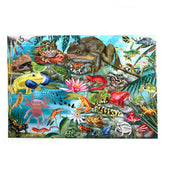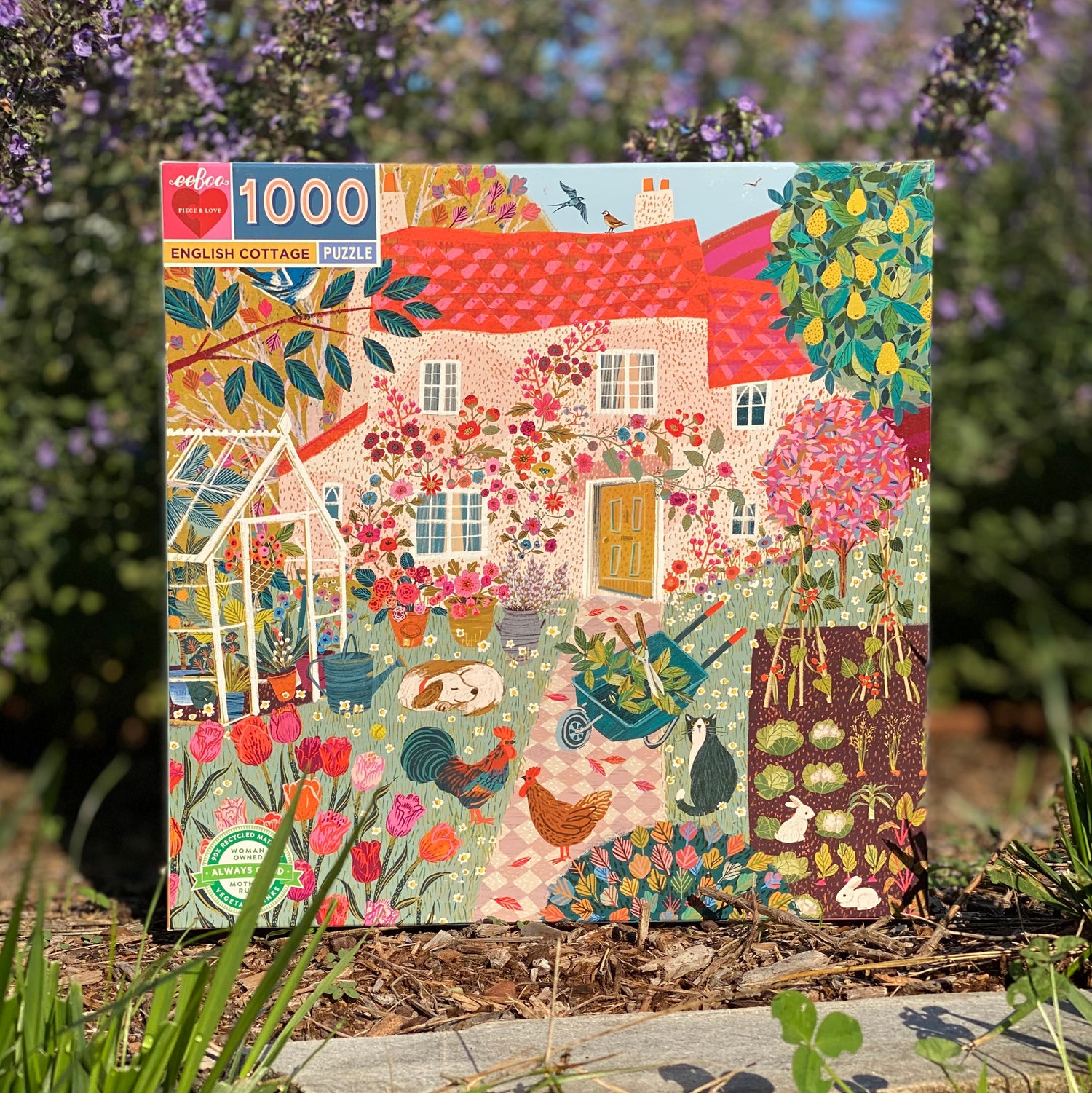Round jigsaw puzzles are particularly well-suited for collaborative efforts for several reasons:
1. Equal Access to the Puzzle:
- Circular Layout: The round shape allows people to sit around the puzzle with equal access to all parts. Unlike rectangular puzzles, where some sides might be more accessible to certain individuals, a round puzzle eliminates the "best" or "worst" seat, making it easy for everyone to participate.
2. Natural Distribution of Sections:
- Segmented Work Areas: The circular design often naturally divides the puzzle into sections that can be worked on independently. Participants can focus on different segments, such as the center, middle, or edge, without getting in each other's way.
3. Encourages Teamwork:
- Shared Focus Points: Since the puzzle's shape draws everyone’s attention toward the center, it encourages discussion and collaboration. Participants can easily share insights, swap pieces, and work together to solve the puzzle, fostering a sense of teamwork.
4. Balanced Challenge:
- Variety of Difficulty Levels: Round puzzles often include a mix of easy and challenging sections. This allows people with varying skill levels to contribute, with some working on more complex areas while others focus on simpler parts.
5. Visually Engaging:
- Aesthetic Appeal: The unique shape of a round puzzle can be more visually appealing, drawing in participants and making the activity more engaging. This can enhance the collaborative experience as everyone is motivated by the beauty of the finished piece.
6. Encourages Communication:
- Open Dialogue: The round shape makes it easier for people to maintain eye contact and communicate while working on the puzzle. This fosters a more interactive and social atmosphere, which is ideal for collaborative efforts.
Round jigsaw puzzles provide an ideal setup for collaborative work, promoting equal participation, teamwork, and communication, making the puzzle-solving experience more enjoyable for everyone involved.


















